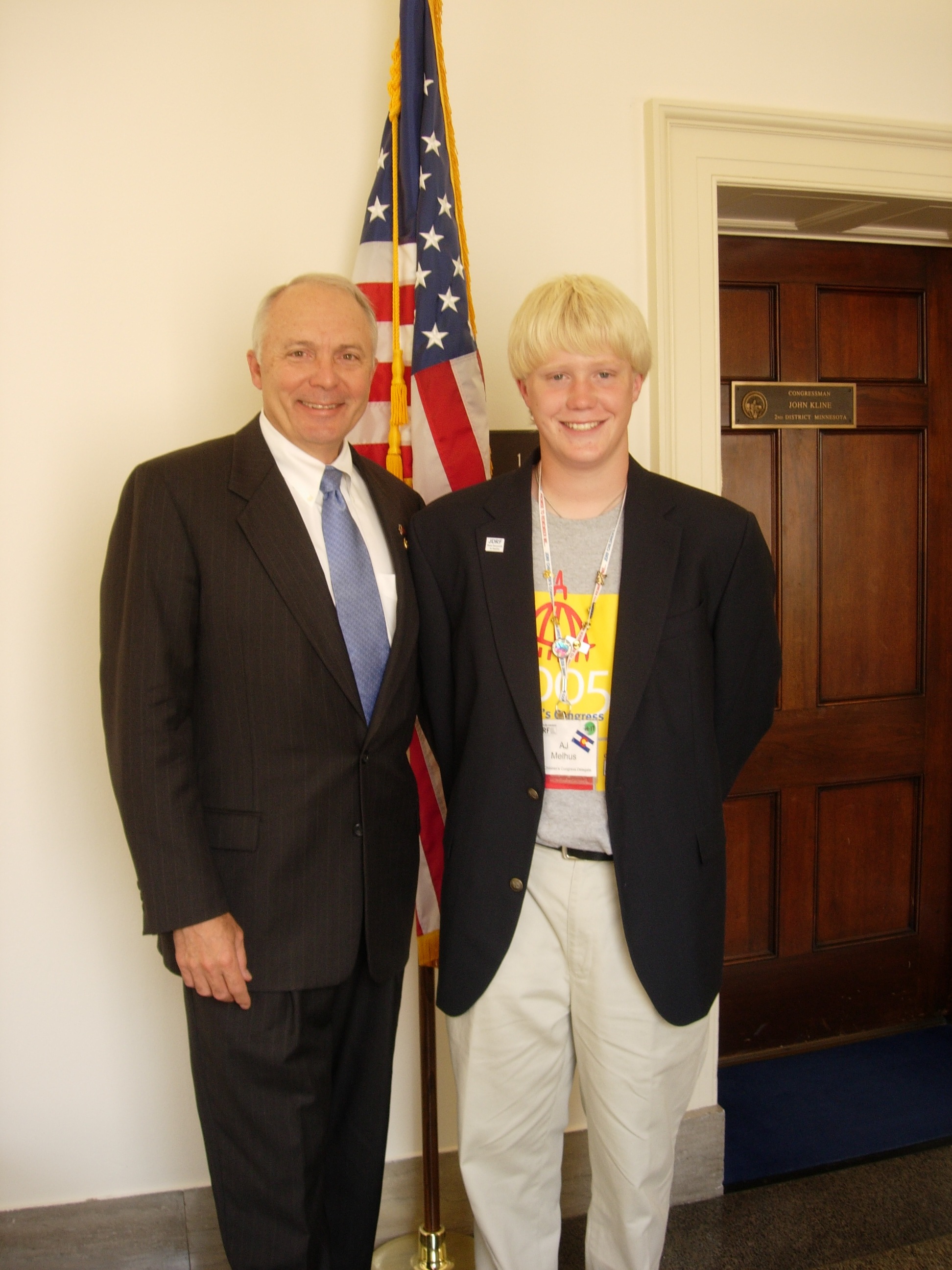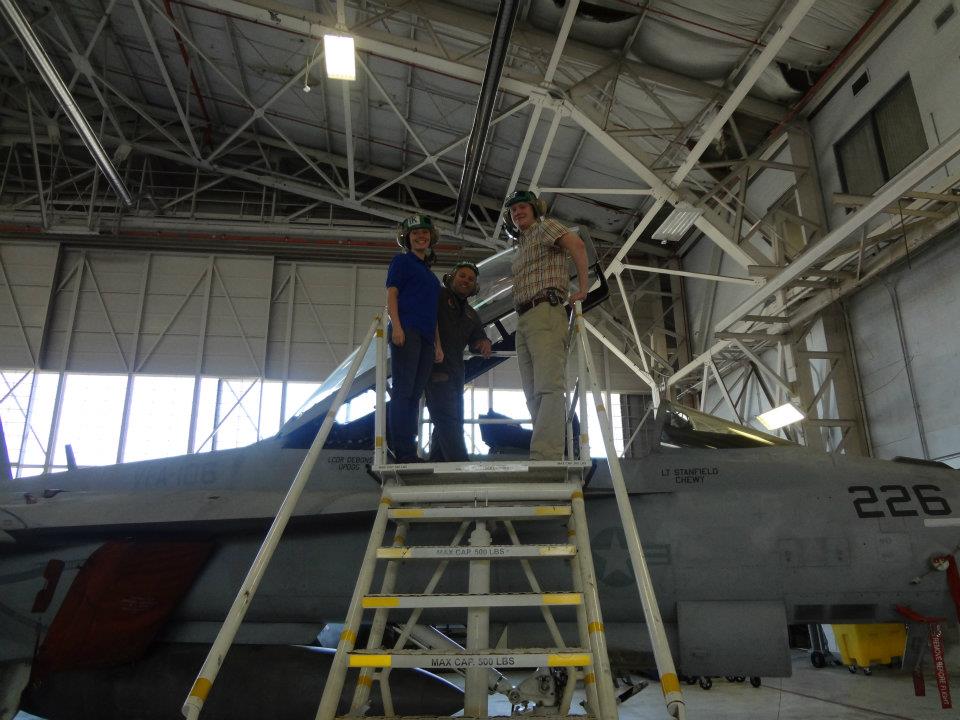Where Are They Now?
Children’s Congress is not only JDRF’s flagship advocacy event, it is one of the largest advocacy events in our nation’s capital. Since it was launched in 1999, JDRF has brought more than 1,000 kids and teenagers with type 1 diabetes (T1D) to Washington, D.C., to talk to their Members of Congress about the importance of funding T1D research.
Today, we know that Children’s Congress is so much more than just an event. Many of those 1,000 kids have grown up. In their new adult lives, these former delegates continue to prove that the right combination of optimism, perseverance, and community spirit can indeed change the world. In this weekly, five-part series, they show us how it’s done.
 A.J. Melhus
A.J. Melhus
“Children’s Congress gave me a whole new understanding of the purpose and power of the legislature.”
Age as delegate: 15
Age at T1D diagnosis: 2
Children’s Congress 2005
Delegation: Minnesota
What he took away from Children’s Congress:
“Everyone has the right to talk to their Members of Congress,” says A.J., “but going in and seeing their office, seeing how things actually work—Children’s Congress gave me a whole new understanding of the purpose and power of the legislature.” Above right, A.J. posed with U.S. Congressman John Kline of Minnesota, after their in-depth discussion about T1D.
How he’s changing the world today:
University of Maryland College Park, 2011
BS in physics
BS in chemistry
The summer after his freshman year at U Maryland, A.J. interned in the office of Congressman Kline, where he corresponded and took meetings with constituents and reviewed critical legislation. After college, A.J. dove into volunteering with JDRF’s Central Virginia Chapter. He is a member of its Young Leadership Committee.

After a year volunteering with the Bureau of Land Management, A.J. accepted his current position as a chemist for the Defense Logistics Agency in the U.S. Department of Defense, in Richmond, VA. More specifically, he works in the Hazardous Materials Information Resources Division, a government agency that supports the military on bases in the United States and abroad by providing “hazmat” support. Essentially, A.J. helps provide the last word on any kind of hazardous material—how to use it, store it, and dispose of it, all safely.
“I help create a more secure environment for the modern soldier,” A.J. says. “They’re at the front lines, the tip of the spear … if they need something, they call us up, and we figure out how to get it to them.”